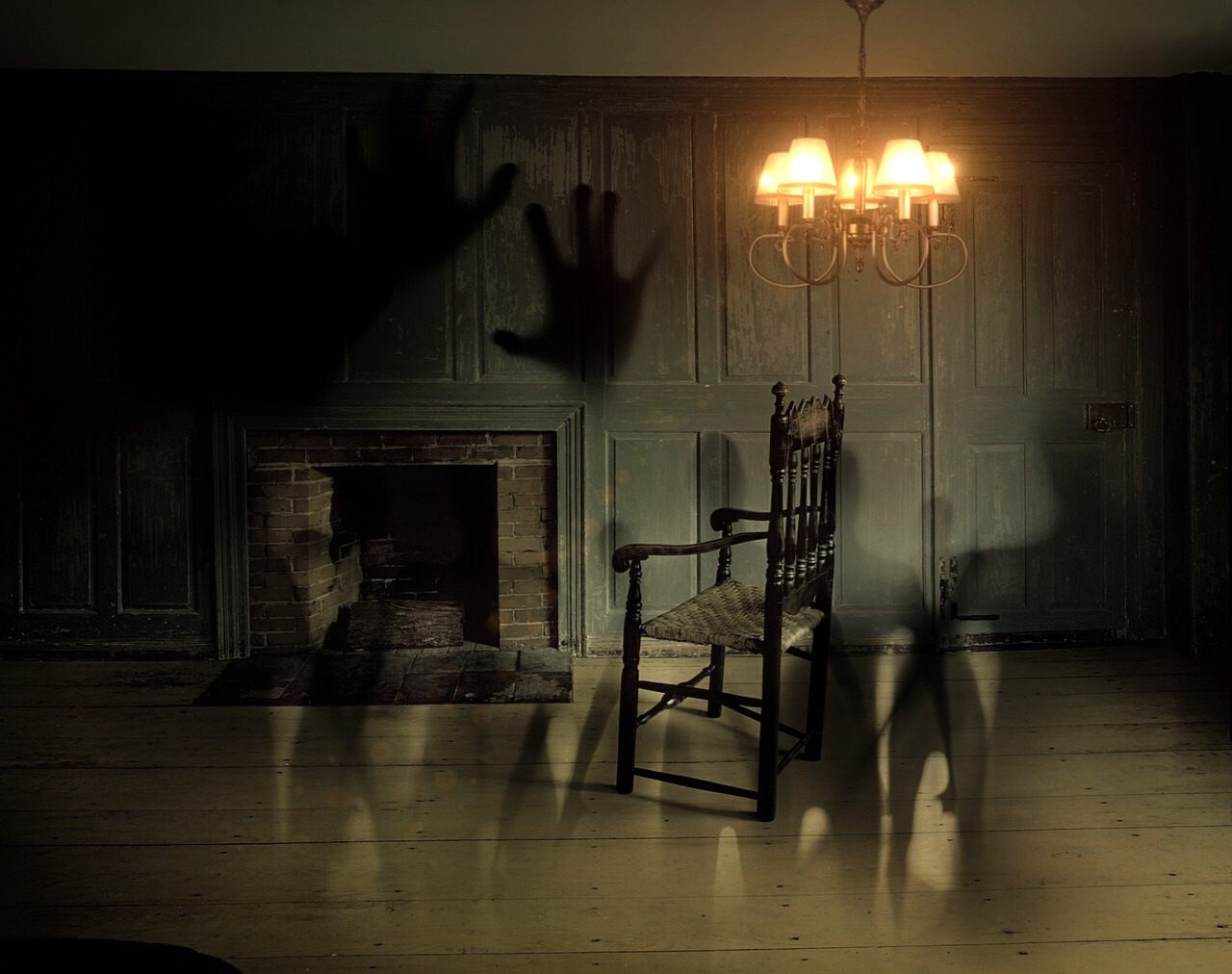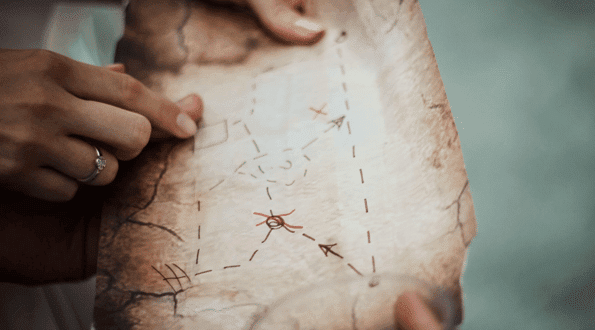Black History Month: Unsung Puzzle Pioneers – Minnie McNeal Kenny
At Puzzle Break we have a deep respect for pioneers in puzzles of every type. In honor of Black History Month, we want to put a spotlight on some lesser-known African-American groundbreakers from the US cryptographic community. As early as 1944, African-Americans were being recruited as researchers to the Armed Forces Security Agency, the precursor to the NSA, where they participated in “researching messages encrypted in unknown systems, analyzing them, and producing translations”. One could arguably call these early cryptographers…Puzzle Breakers?
Cover Photo from The Invisible Cryptologists: African-Americans, WWII to 1956 by Jeannette Williams with Yolande Dickerson
This week we would like to spotlight Minnie McNeal Kenny, a pioneering linguist, cryptanalyst, educator, and lifelong advocate for equal rights and opportunities. Despite facing discrimination and a deeply segregated culture within both Washington D.C. society and the agency that employed her, Ms. Kenny enjoyed a four-decade career in government service, winning multiple high honors for her service and renown for her commitment to the advancement of equality in American society. A native of Philadelphia, Kenny first came to Washington to work for the Census Bureau after graduating from the Philadelphia High School for Girls.
NSA Hall of Honor photo of Minnie McNeal Kenny
In 1951 she applied for a position in Arlington Hall, home to the World War II-era Army Security Agency, which would be renamed as the National Security Agency in the following year. While the wartime agency had employed African-Americans since 1944, they were commonly relegated to lower-paid roles in communications traffic processing and machine processing, working long hours in segregated offices in a basement complex referred to internally as “The Hole” or “The Pit”. Ms. Kenny however avoided this fate for an unusual reason – her interviewer, a white woman, recognized Ms. Kenny’s high school class ring, as she had attended the same school. “She not only hired me, she vowed that I would not be ‘going down in the hole’,” Ms. Kenny would later recall in a 1999 interview, “I didn’t have the slightest idea what she was talking about. I was just glad that I had a job” 1.
This chance encounter would lead to Kenny being part of the first integrated office in the Agency’s history. On the surface, she and other African-American employees in her division were treated as equals in the workplace, with desks intermingled with white co-workers, sharing the same cafeteria, and receiving the same advanced training. However, deep racial divides still existed. Washington D.C. itself would not be desegregated for several more years, and African-American government employees could potentially receive security clearances while being unable to send their children to the same schools, dine in the same restaurants or enjoy the same theaters or social clubs as their white peers. Kenny and other African-American agency employees would continue to hear racial slurs and jokes in their workplace, and most experienced difficulty in advancing their careers, as they were not allowed to work on the highest-sensitivity Russian encryption, instead typically being assigned to ALLO, or “All Other Traffic”.
Despite these obstacles, Kenny rose through the ranks of the young agency all while advocating for equal opportunities for African-Americans in government service, in particular women of color like herself. She would become renowned in the agency for her expertise in cryptanalysis, language and traffic analysis, eventually rising to the role of Division Chief in the Office of Techniques and Standards, where she was responsible for establishing standards for training in language and linguistics. In 1973 she became the founding editor of the NSA’s Group B journal, Dragon Seeds, and was a contributing editor to the NSA Journal Cryptolog as well.
She would go on to receive the NSA’s two highest civilian awards; the Meritorious Civilian Service Award in 1980, followed by the Exceptional Civilian Service Award in 1984. She would also be honored by two consecutive US presidents, receiving the Meritorious Executive Award from Presidents Ronald Reagan and George H.W. Bush 2.
Photo of the NSA Hall of Honor, courtesy of the NSA website. Although it is hard to see you can find Minnie’s photo in the second row, 4th from the right.
During this period she would also serve as Deputy Commandant at the National Cryptologic School, where she worked with HBCUs (Historically Black Colleges and Universities) to create more opportunities for African-American scholars and increase diversity in government service. A tireless champion for equal rights, Kenny would also serve as the NSA Director for Equal Employment Opportunity and sit on the Department of Defense Congressional Task Force on Women, Minorities, and the Handicapped in Science and Technology until her retirement in 1993. She was also a Congressional Fellow on the staff of Congressman Louis P. Stokes and has been credited with drafting much of the legislation enacted as the Underground Railroad Act 3. After passing away in 2005, Kenny would also be posthumously inducted into the NSA’s Cryptologic Hall of Honor for her distinguished service to American cryptology in 2009.
We are grateful for the trail blazed by Ms. Kenny and her peers, and for the dedication, she and others like her demonstrated in the face of a segregated society. Despite facing numerous barriers, Ms. Kenny worked tirelessly for the security of all Americans regardless of race and creed, and to create an opportunity for future generations of women and minorities to work in government service, all in pursuit of a more equal society.
– Nate
Sources:
1. The Invisible Cryptologists: African-Americans, WWII to 1956: https://www.nsa.gov/Portals/70/documents/about/cryptologic-heritage/historical-figures-publications/publications/wwii/invisible_cryptologists.pdf
2. Cryptologic Pioneers – The African-American Experience: https://web.archive.org/web/20090117031018/http://www.nsa.gov/about/cryptologic_heritage/african_americans/honorees/kenny.shtml
3. Association of Former Intelligence Officers Obituary: https://www.afio.com/sections/wins/2005/2005-33.html#MinnieKenney_OBIT
Tags:Want to get blog updates ( and only blog updates )?




Recent posts






Cruise Taker’s Guide to Turks and Caicos: What to do on the Ship and on the Island








